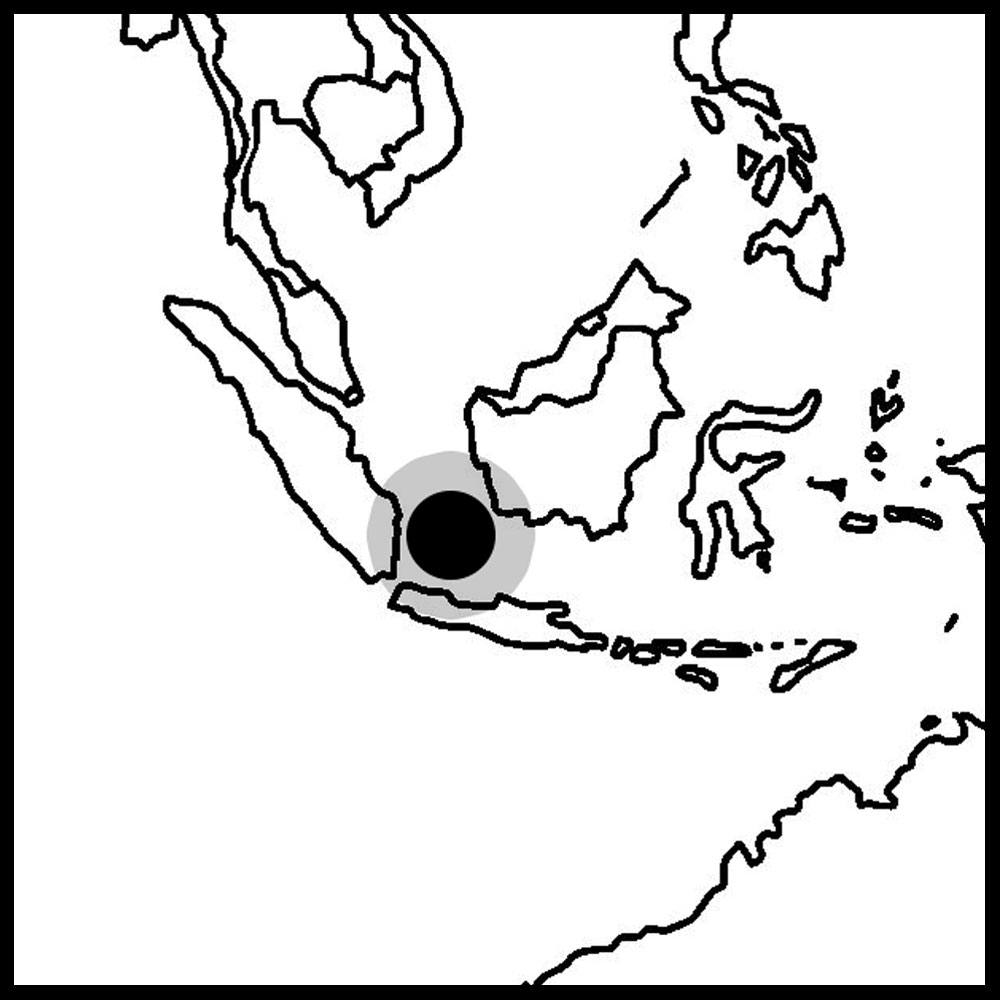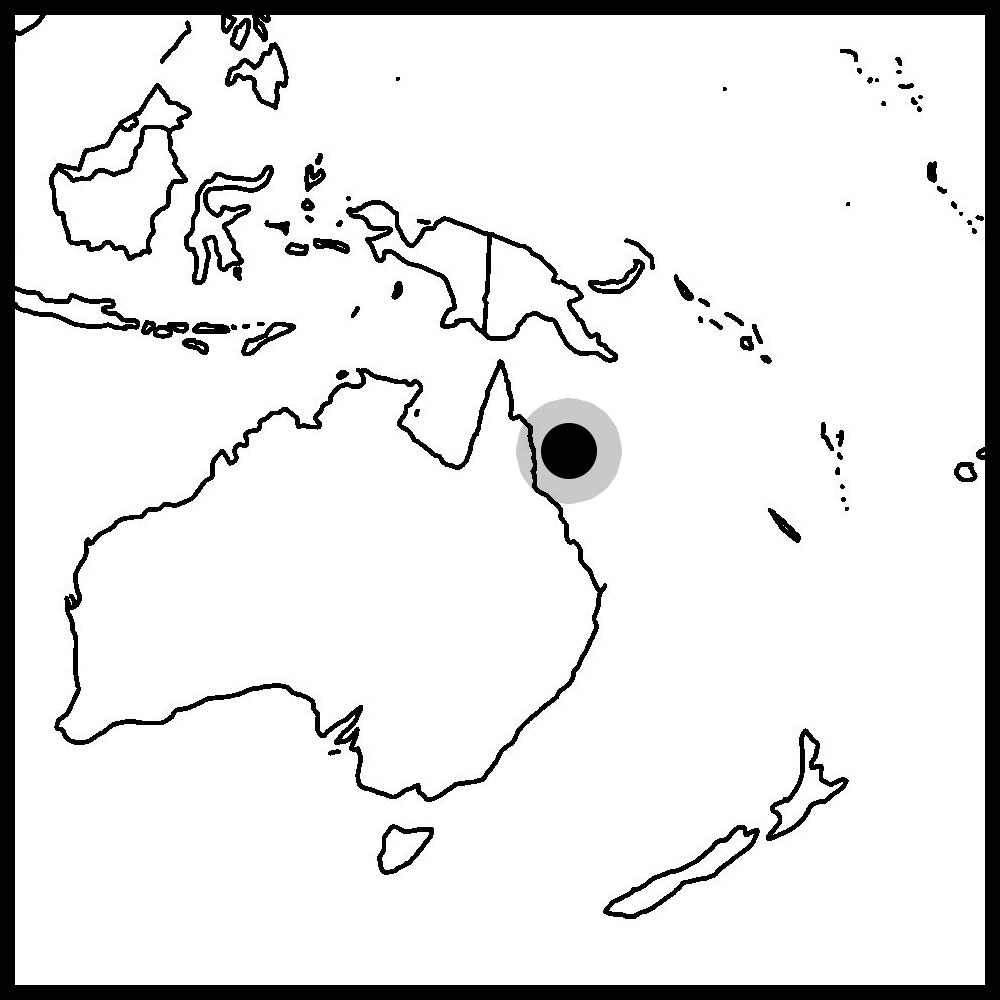Filter
My Wish List
![]() Lobophyllia Coral Care
Lobophyllia Coral Care
Lobophyllia Brain Corals, sometimes called Lobed Brain Corals, are a very popular large polyp stony coral and come in a wide variety of colors and textures. Lobophyllia are middle of the road in terms of difficulty, but much of the initial challenge depends on the individual coral. The longer the Lobophyllia has been kept in captivity the better ones chances for success. Low survivability rates are often tied to recently imported Lobophyllia that are still experiencing shipping stress. Having said that, these corals remain very popular amongst beginners and experienced hobbyists alike and make excellent centerpieces for mixed reefs or large polyp stony dominated reef aquariums.
Please see below for additional care tips for Lobophyllia corals as well as checking out our Top 5 Tips for setting up a reef.
![]() Location
Location
Lobophyllia are found all over the tropical waters of the Pacific. The vast majority of the Lobophyllia found in the hobby today originate from the Great Barrier Reef. There are some species of Lobophyllia from Indonesia still circulating in the trade, but they are increasingly difficult to come by.


![]() Lighting
Lighting
Lobophyllia are not the most light demanding coral. Like many stony corals they are photosynthetic however they do not typically require light intensity over 100 PAR. Having said that, there is some variability to the intensity of their colors with changes in light strength and with spectrum provided.
Low Light


I personally like very robust spectrum T5 bulbs, but plenty of hobbyists have had good luck with Lobophyllia under high quality LED fixtures. Some experimentation with different lighting technologies may be required to achieve a balance between health and the most aesthetically pleasing coloration for this coral.
Lighting is a loaded topic, so for a more in-depth discussion of lighting, please check out our Blog all about Lighting or see our detailed lighting video below.
![]() Water Flow
Water Flow
Low to Moderate water movement is recommended. I personally shoot for just enough flow to carry away waste from their mouth. In current that is too strong Lobophyllia will often times stay retracted tight against its skeleton and may recede where the flow is hitting them the hardest.
Most people have them lower in the tank and possibly on the substrate. If placing them on rocks, be careful that nothing falls on them or they do not fall down on something else.
![]() Coral Aggression
Coral Aggression
Lobophyllia are one of those corals that is sneakily aggressive. They are not known to extend sweeper tentacles and attack neighboring corals in that manner but at night they are able to launch mesenteric filament attacks. By morning, these mesenteric filaments fully retract back into the body of the Lobo brain leaving no evidence of the aggressive behavior other than the dead coral next to it. In our home aquariums we have to be conscious of these interactions in order to create the best environment for them long term. Most of the time, this is not a major problem but to be safe, we recommend placing Lobophyllia in a location a fair distance away from other corals.
The video below provides an overview of the different manifestations of coral aggression and ideas on how to mitigate some of the risks inherent in keeping corals in close quarters.
![]() Water Chemistry
Water Chemistry
Lobophyllia are large polyp stony corals. Like any stony coral, they make use of calcium, carbonate, and magnesium to build their skeletons. For this reason, it is important to make sure that your water chemistry falls in line with natural sea water levels to provide them with sufficient bioavailable calcium, alkalinity, and magnesium for maximum growth and color. Let’s talk about each of these three chemical parameters in turn.
As far as calcium goes, it is one of the major ions in saltwater. It along with carbonate ions is critical in coral skeleton development. If calcium levels are too low that can seriously impact coral growth and skeleton density. In most healthy reefs, the calcium level hovers around 425 parts per million (ppm). The video below goes into greater detail if you want to know more.
Alkalinity is a little more difficult to explain than calcium. It is not a particular ion, but can be thought of as the buffering capacity of saltwater. Buffering capacity is the amount of acid required to lower the pH of saltwater to the point bicarbonate turns into carbonic acid. It sounds over technical, but in layman’s terms, higher alkalinity levels equate to greater chemical stability in our reef tanks. In practice alkalinity tends to be the parameter that fluctuates the most of the three and is the one that needs the most babysitting. In the wild, the alkalinity of the water is around 8-9 dkh. The video below provides a good overview of alkalinity.
Lastly, magnesium is very similar chemically to calcium that often gets overlooked. It can bind up carbonate ions thus increasing the overall bioavailability of alkalinity compounds in the water. Some reef hobbyists struggle to raise levels of either calcium or alkalinity. If you are experiencing this in your systems, the possible culprit with calcium and alkalinity instability is magnesium. It may seem counterintuitive that the solution to calcium and alkalinity imbalances is to elevate magnesium, but the three ions interact regularly. In natural salt water, magnesium is roughly 1350 ppm. The video below covers the topic of magnesium in greater detail.
In an LPS dominated tank the corals tend to be slower growing and less taxing on major element supplementation. If you are more confused than ever about how to maintain good water chemistry for your Lobophyllia, don’t worry too much. There are many ways to achieve success. In the video below, I cover different techniques to maintain good chemistry.
It is good practice to periodically test just to make sure everything is in the ballpark of natural sea water levels. A couple parameters worth paying closer attention to is nitrate and phosphate. Lobophyllia are sensitive to declining water quality and elevated levels of nitrate and phosphate are an indicator of declining water quality. Low nitrate levels around 5-10ppm are actually welcome for large polyp stony corals, but around 30-40ppm of nitrate you might start running into some issues such as tissue recession.
![]() Feeding
Feeding
Like most coral, Lobophyllia rely to a large extent on the products of their zooxanthellae, however, in our experience, they also benefit from direct feeding. We feed a mixture of frozen food and commercially made pellets and powders. Lobophyllia are such active feeders that they don’t really need to be spot fed too much because they are more than capable of grabbing food that floats by.

![]() Propagation
Propagation
Lobophyllia are not a great candidate for aquaculture at least at the commercial level. They do separate into individual polyps that can be separated but their slow growth rate makes them an undesirable coral for commercial aquaculture. The hobbyist community is likely the best source of aquacultured Lobophyllia as they can patiently grow out a colony and sell it off once it becomes too large for their aquarium.
![]() Summary
Summary
So what kind of tank is Lobophyllia best suited for? I see it as a centerpiece coral for either an LPS dominated reef or on the substrate of a mixed reef.
That pretty much does it for Lobophyllia. Hopefully you found this article helpful. Until next time, happy reefing!
